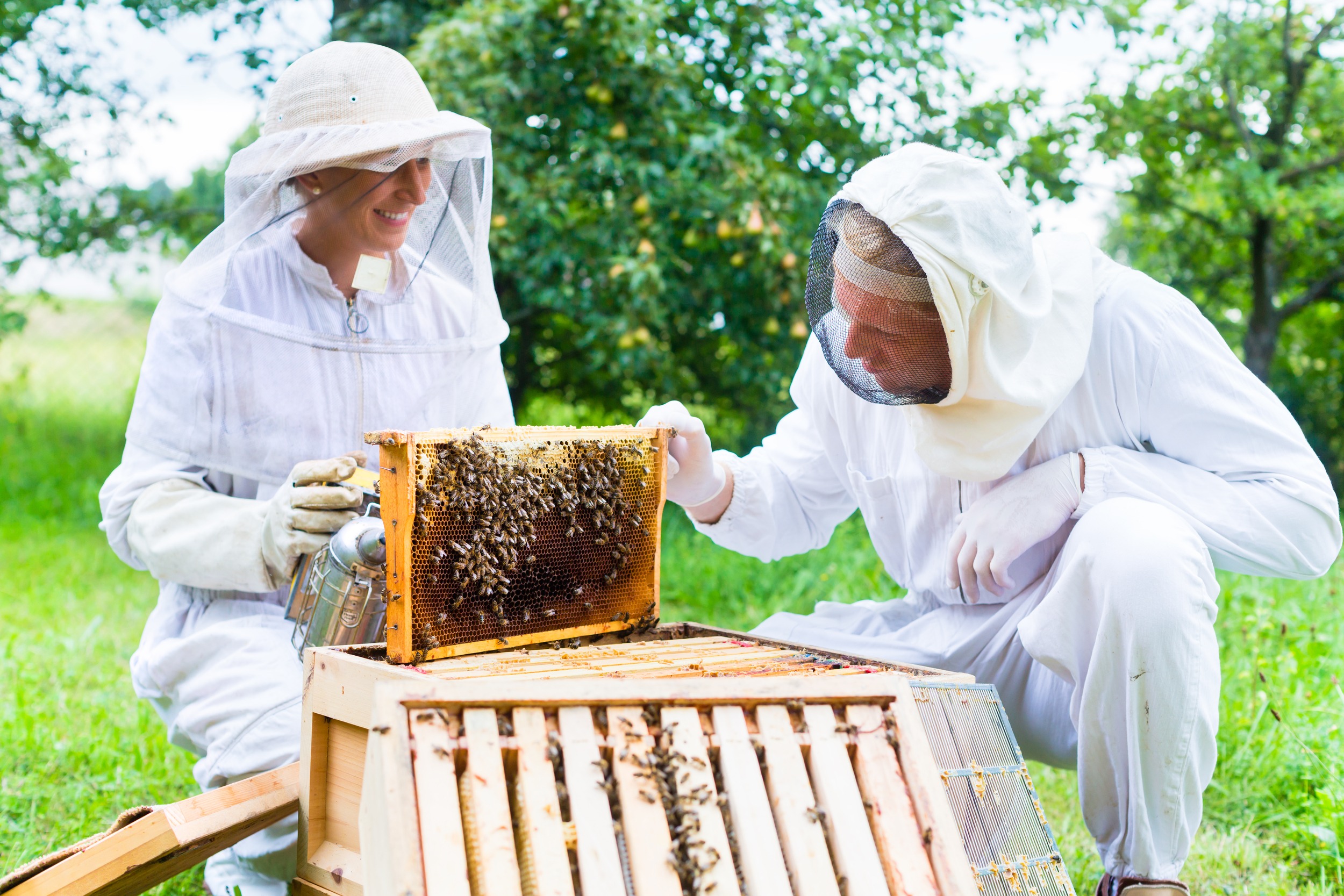How to Care for Honey Bee Nucleus Colonies
Understanding how to care for honey bee nucleus colonies is crucial for ensuring their health and productivity. Below, PC Farm Bees & More has outlined best practices for preparing, receiving, installing, and caring for your honey bee nucs.

Preparation Before Arrival
- Gather Equipment: Ensure you have a hive stand, hive tool, smoker, and protective gear.
- Hive Location: Choose a location sheltered from strong winds, pointed to the south for best sunlight.
Receiving Your Nuc
- Transport Safely: If transportation is needed, do so during cooler parts of the day to avoid overheating the bees.
Installing the Nuc
- Prepare the Hive: Set up your hive at the chosen location. Ensure it is level and stable.
- Transfer Frames: Carefully transfer the frames from the nuc to the new hive, maintaining the same order and orientation.
- Release the Bees: Give a good swift tap to the nuc box for any remaining bees to leave. Then place the box in another location. Gently shaking the box may allow the bee to become agitated.
Initial Care
- Feeding: For the initial care, if your nectar flow is low, or need to expand your hive rapidly you can provide a sugar syrup feeder to help the bees. You want to ensure that you monitor the additional feed provided, as you can overfeed your bees and may cause additional harm to the hive. You can reach out for any additional questions.
Regular Inspections
- Weekly Checks: Inspect the hive weekly to monitor the queen’s laying pattern, brood development, and overall hive health. Also check for swarm cells within the nucleus.
- Pest Management: Look for pests like varroa mites and take appropriate measures.
Seasonal Care
- Spring and Summer: Ensure the bees have enough space by adding supers as the colony grows. Continue feeding if necessary.
- Fall Preparation: It’s important to make winter preparations for your hive by making sure you have proper pest control in pass. Making plans for insulation for the top of the hive more than the sides.
Winter Care
- Insulation: Insulate the hive to protect the bees from cold temperatures. You want to ensure the top of the hive is more insultation on the top of the hive.
- Minimal Disturbance: Avoid opening the hive during winter unless absolutely necessary. You can safety open the hive when temperatures are above 60 degrees.
Troubleshooting
- Queen Issues: If you have any issues or questions, please contact us via email. We are happy to assist with any questions you may have on your nuc.
- Swarming: Manage swarming by providing enough space and possibly splitting the hive if it becomes too crowded.
Taking care of a nuc requires attention and care, but it can be a very fulfilling hobby. Enjoy your beekeeping journey!
